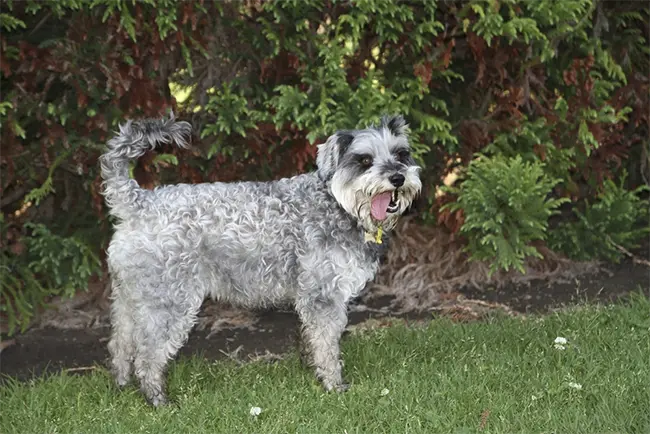
Congratulations on bringing home a delightful dog breed! With their loving nature, intelligence, and undeniable cuteness, Schnoodles make wonderful companions.
Now that your furry friend is a part of your family, it’s essential to provide them with the proper training to ensure their well-being and the safety of those around them.
Hence, we’re here to help! This article explains valuable training tips and techniques to instill good habits in your dog. Taking a pawsitive training approach helps shape their behavior and foster a harmonious relationship.
Read on!
Understanding Common Behavioral Issues:
Before beginning the training, it is essential to understand and address common behavioral issues specific to this breed.
Some common issues they may exhibit include excessive barking, separation anxiety, or digging. One of the best ways to understand your dog is to observe their behavior patterns and identify triggers or underlying causes.
Additionally, to set up a successful training plan for your Schnoodle, it’s recommended to consult with dog experts or trainers. They can provide valuable insights into the breed’s behavior and help tailor your training approach accordingly.
Establishing Basic Commands
This intelligent dog breed has a natural aptitude for learning and following commands. You can leverage this to your advantage during the training.
You can teach them basic commands such as sit, stay, and come. Use positive reinforcement techniques, offering treats, praise, and affection when they respond correctly.
You should practice these commands consistently in short training sessions to reinforce their understanding. Use clear and concise verbal cues combined with hand signals if desired.
Be patient and consistent in your training efforts, and gradually increase the difficulty level as they progress. With their intelligence and your guidance, they will quickly master these fundamental commands.
Maintaining Good Health and Hygiene Habits
Ensuring their well-being goes beyond training and extends to their overall health and hygiene. Regular grooming and veterinary care are essential. They have a curly or wavy coat that requires brushing to prevent matting and regular trims to maintain a neat appearance.
Therefore, you should introduce grooming gradually, using positive reinforcement to make it a good experience for your furry friend. Alongside grooming, provide a balanced diet, regular exercise, and access to fresh water to keep them healthy.
Moreover, you should schedule routine check-ups with a veterinarian to monitor their health, update vaccinations, and address any concerns promptly.
Troubleshooting and Overcoming Challenges
You may encounter challenges or setbacks with your furry friend during the training process. It’s important to approach these situations with patience and determination.
First, identify the root cause of the problem. Is it a misunderstanding, lack of motivation, or distraction? Then, adjust your training techniques accordingly, ensuring consistency and positive reinforcement.
You can also try breaking down the tasks into smaller, manageable steps, gradually building up to the desired behavior. Seek guidance from professional trainers or behaviorists if needed. Remember that progress takes time, and setbacks are expected, so stay determined.
Bottom Line
Instilling good habits through consistent training, positive reinforcement, and a loving environment will turn your furry friend into the well-mannered companion you’ve always envisioned. Remember, patience and persistence are key. Celebrate every small achievement and cherish the bond you’re building. So let the pawsitive training journey with your Schnoodle be filled with wagging tails, happy barks, and shared adventures that will last a lifetime.



